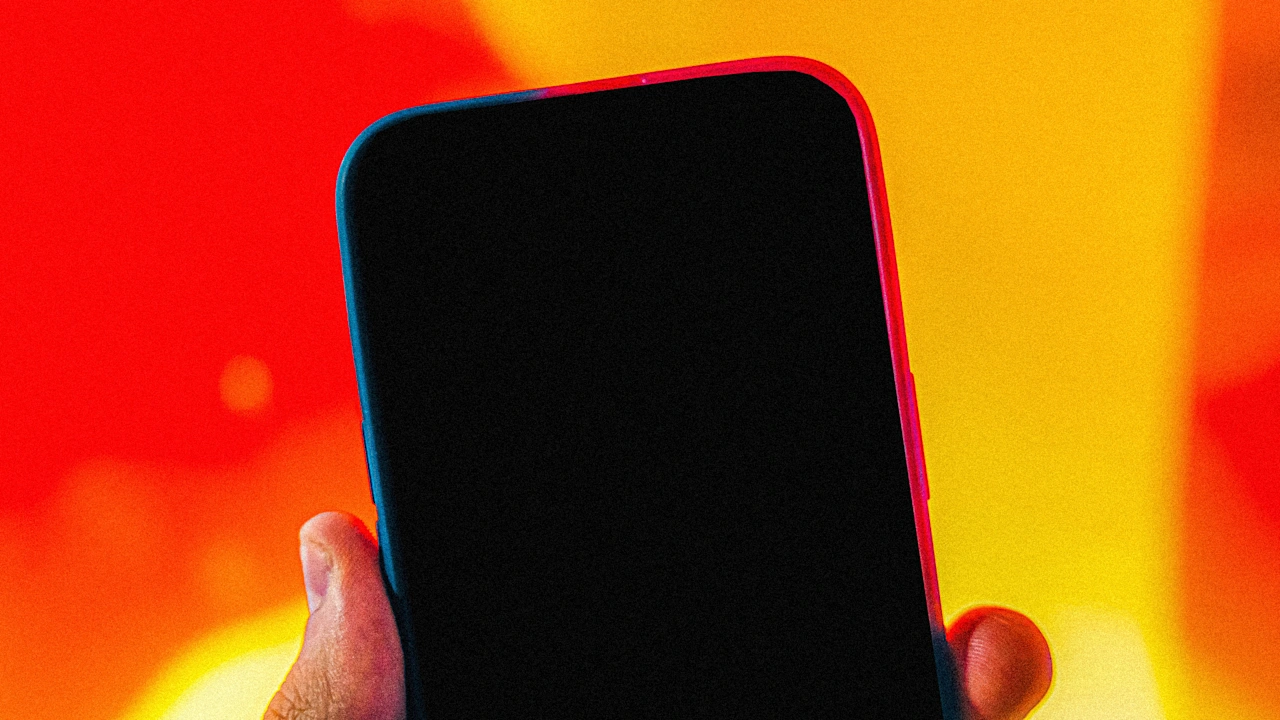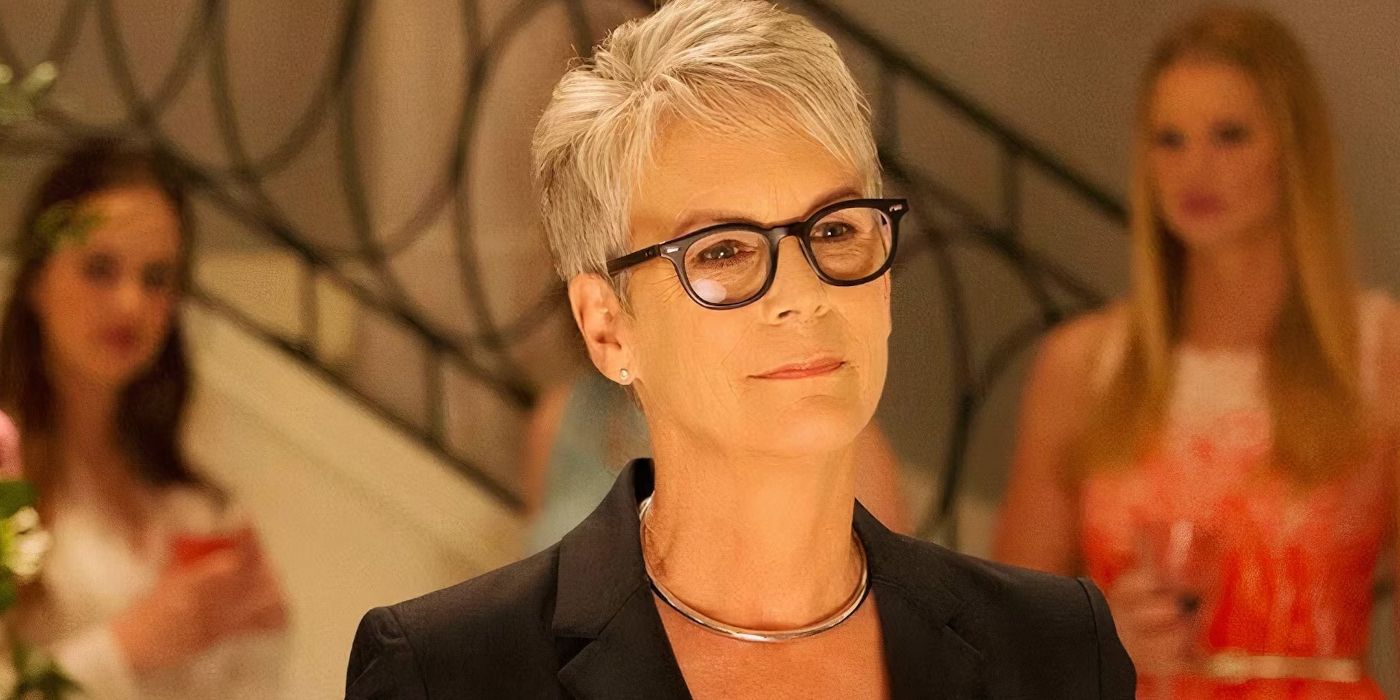How to keep your company’s boomers happy by making the office Gen Z-friendly
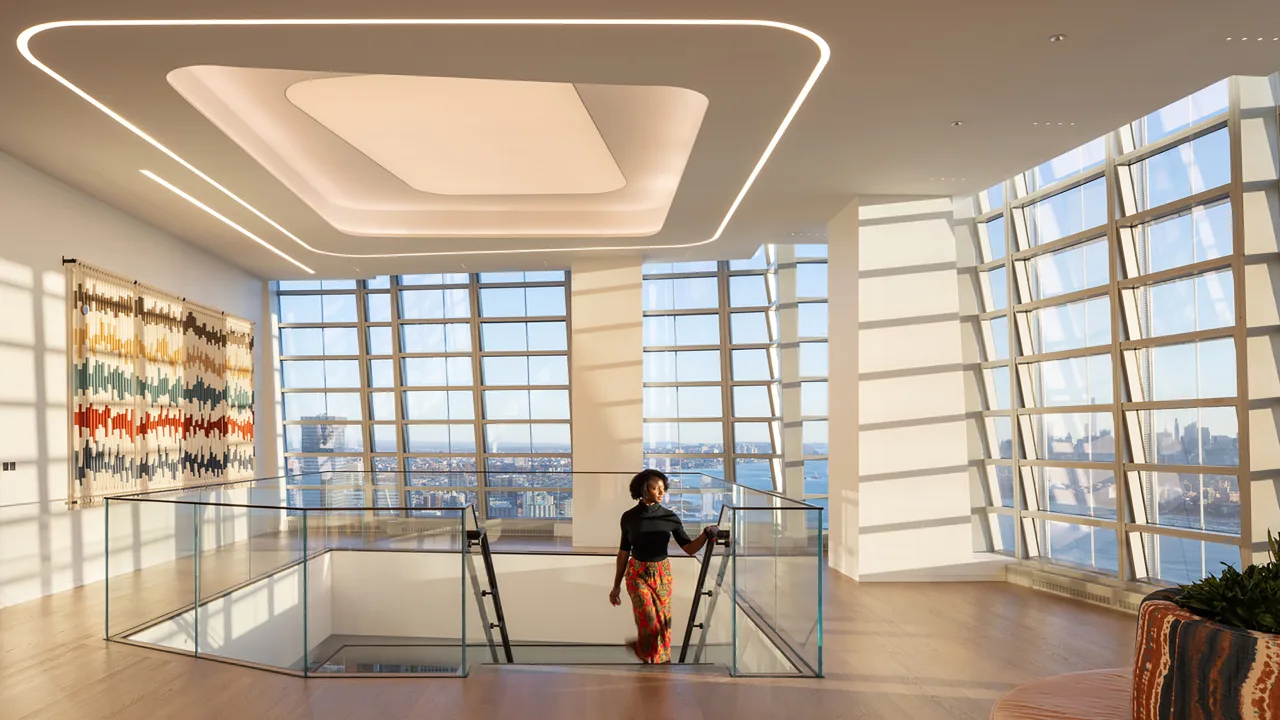
Today, the workforce is aging rapidly, but only 10% of companies have a strategy to retain mature workers, according to a survey by career support platform HR Brain. Since the 1980s, Pew Research Center reports the number of workers age 65 and older in the U.S. has “nearly quadrupled.
Creating workspaces built for an aging workforce stands to benefit companies. A 2024 global academic study on age-inclusive workforce practices found that keeping more experienced, older workers on the job led to money saved on recruitment, training, and knowledge acquisition across organizations. Tim Glowa, founder and CEO of HR Brain, noted older employees “have the most relationships with suppliers and clients, and the most institutional knowledge.”
However, the design specialists Fast Company spoke to found most companies aren’t thinking of creating office spaces for their older employees. Instead, they are focusing on attracting younger workers and accommodating neurodivergent employees.
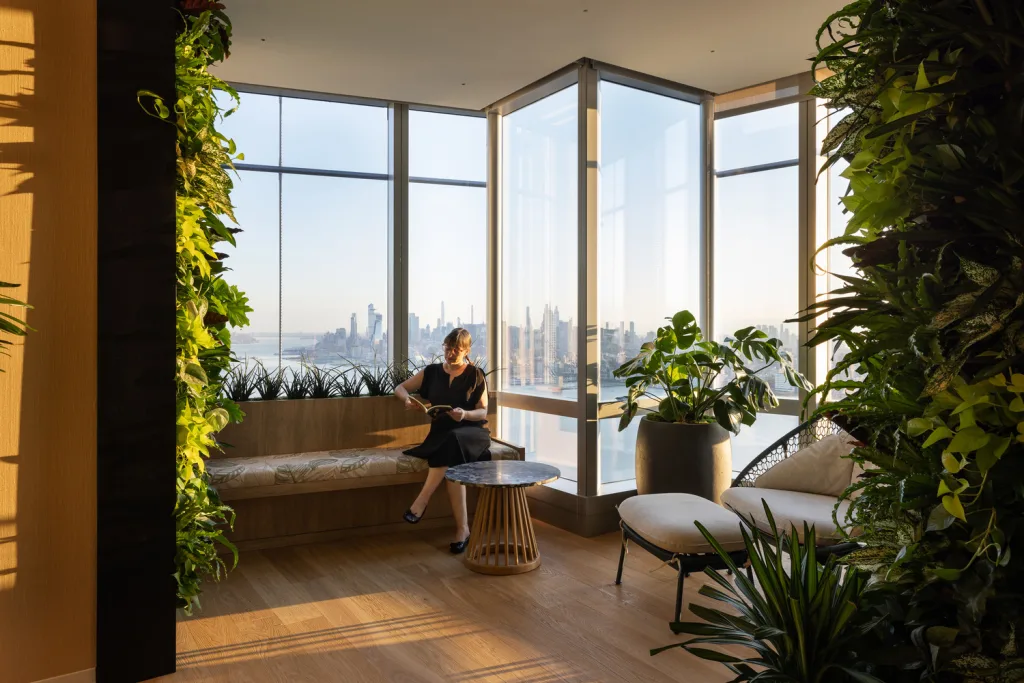
More than a decade ago, Jeremy Myerson, now professor emeritus in design at the Royal College of Art in London, noticed a “brain drain” problem in the U.K. workforce. Many workers were retiring in their fifties, leaving companies with knowledge gaps instead of taking the time to pass their experience down to newer employees.
To address the problem, Myerson got a government grant to examine older workers’ needs, collaborating with companies in the U.K., Japan, and Australia. They landed on the idea of “inclusive design,” he says, “not just designing for older people . . . but providing better standards of all round design in the workplace.”
Ironically, the inclusive design that Myerson thought about years ago is popular right now, because it also happens to accommodate the needs and desires of the neurodivergent and young workers companies prioritize. Older workers end up benefiting—but unintentionally, even though they were the original inspiration for Myerson’s inclusive design.
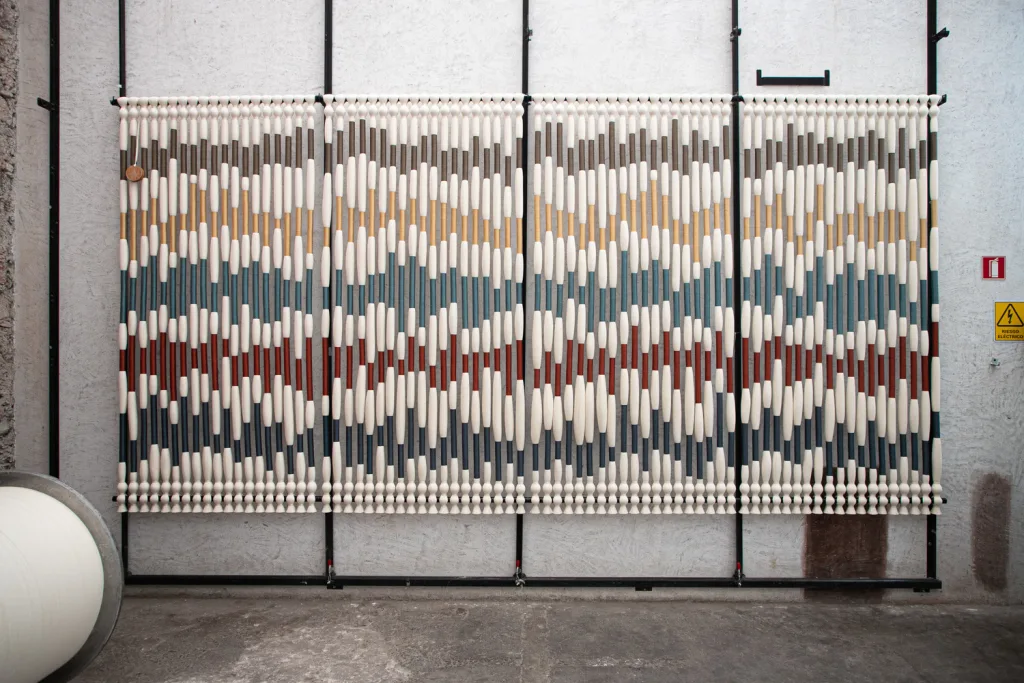
The Elements of Inclusive Design
Upon entering large office buildings, it’s common to find kiosks with screens depicting the building’s layout, complete with interactive maps you can click for directions. Often, officegoers can download these apps to their smartphones, and navigate with phones in hand as they walk. But not all workers have smartphones, particularly older ones, and too much screen time can strain eyes of all ages.
With generally reduced visual acuity, older workers “relying entirely on screens or apps for [office] navigation can be a big barrier,” says Carolina Madrigal, senior associate and creative director at HLW’s brand experience studio, Brandx. Her studio implements “high contrast analog signage and tactile cues” for people finding their way around workspaces, a tactic that’s also helpful for some workers with disabilities.
This often means implementing what Madrigal calls “landmark elements.” Colors that change depending on a space’s function and even art installations can serve as “memorable references,” she says. For example, at investment company Lord Abbett’s New Jersey headquarters, Madrigal’s team commissioned custom art pieces that reflect the company’s history, one incorporating its old ledgers, another a woven piece resembling financial graphs. The historical nod can also make older workers wanting to share company history with incoming employees feel seen.
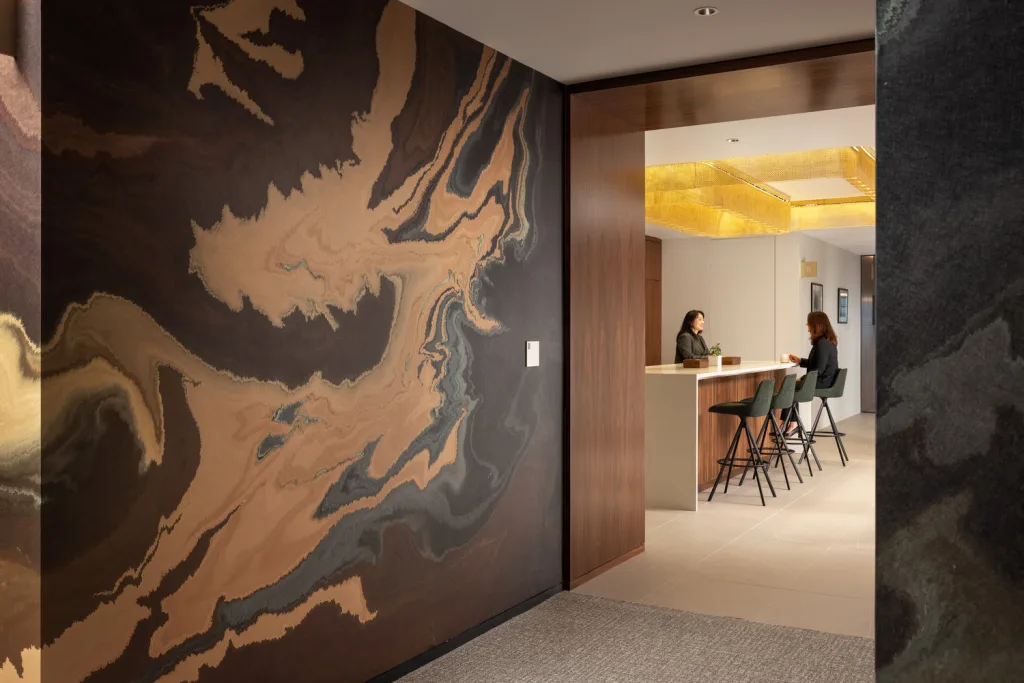
Light and sound
The warmer lighting and aesthetics that make an office feel more like home have generally been tailored to younger workers. Ricardo Nabholz, studio creative director at TPG Architecture, has found these elements resonate just as much, if not more, with older officegoers, especially as many had spent decades in sterile cubicles with fluorescent lighting—they welcomed the comfortable change.
However, circadian rhythm lighting, in which artificial indoor lights change color throughout the day to match the shifting sun outdoors, thought to jibe with the natural sleep/wake cycles of the human body and therefore provide health benefits other artificial lights don’t, doesn’t work. It ended up overtaxing older employees, says Erin McDannald, CEO of tech-focused design firm Elevated. She and her colleagues came by this discovery after wearing Oura Rings to their circadian-lit workspace. The same was true, they found, for people with autoimmune disease and autism.
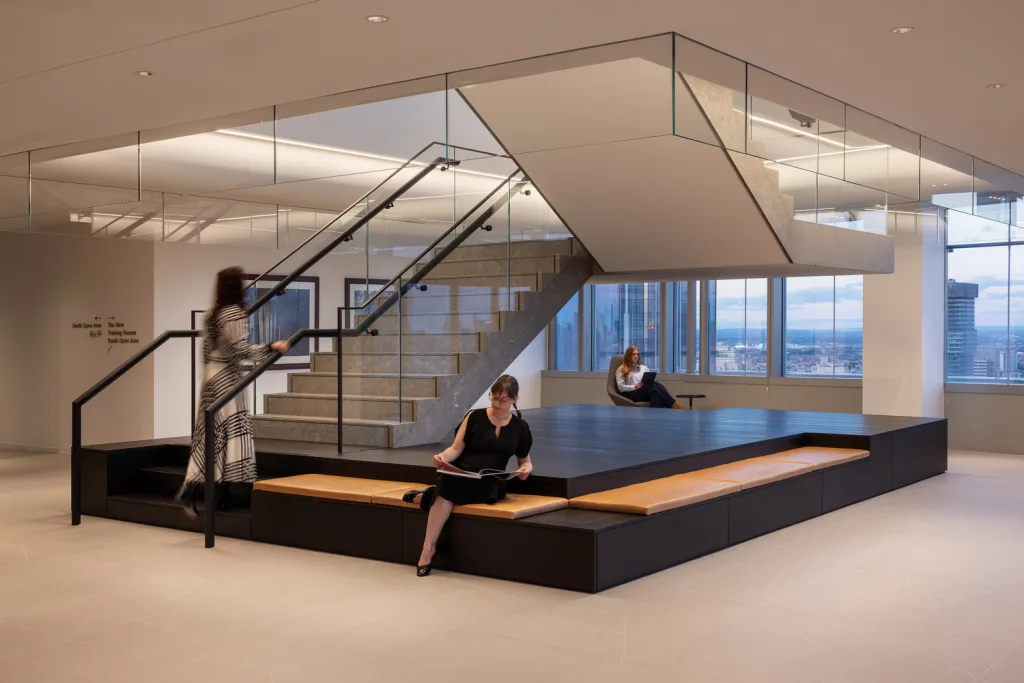
The sweet spot? “When people are sitting under 2700 Kelvin lights,” says McDannald, “they’re calm, cool and collected.” The warm lighting promotes relaxation, while changing lights, like those used in circadian rhythm lighting, or those that are too bright increase stress, making it more difficult for officegoers to access the logical, decision-making parts of their brains.
Certain office environments prove more stressful for aging workers. Older ears tend to have more trouble distinguishing single voices from background noise, making designated quiet spaces for meetings crucial.
Quiet spaces aren’t just for older people. On a recent project for a financial technology firm, Nabholz said the mostly Gen X executive team wanted something between a “playground” and a “cube farm.” Nabholz’s team came up with what he calls a “layered environment,” which included “quiet zones, social lounges, and flexible meeting rooms,” he says. Younger employees ended up flocking to quiet zones, thought to appeal most to older workers. “It was a reminder that design that’s responsive to one group often ends up resonating more broadly,” Nabholz says.
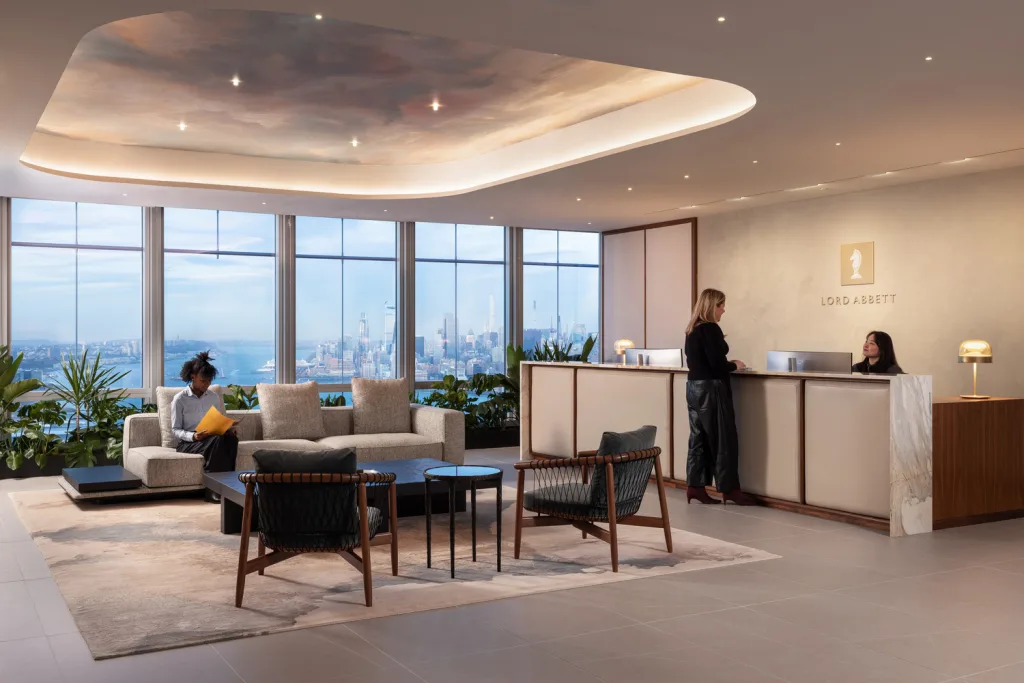
Diversity in workers, diversity in workspaces
Ultimately, accommodating an aging workforce means creating a variety of workspaces that cater to different workstyles. “We use behavioral personas—like ‘the heads-down worker,’ ‘the hybrid floater,’ or ‘the collaborative lead’—to understand needs more accurately,” Nabholz says, “not a hierarchy of ages.”
Over and over again the designers pointed out that the inclusive elements meant to help one persona often benefit another. For example, the ergonomic equipment that “benefits someone managing arthritis can also benefit a 28-year-old with sensory sensitivities or a 40-year-old parent balancing work and caregiving,” Nabholz says. “Clients don’t explicitly ask us to design for older workers—but they are prioritizing things like retention, culture-building, and productivity,” he notes. “Those goals absolutely intersect with the needs of an aging workforce.”

Still, says Glowa, “most companies aren’t even aware of the demographic time bomb they’re facing” as a significant number of workers across industries near retirement—in nursing, for example, the average age is already 50, per HR Brain’s report. He suggests how companies can avoid missing the boat on retaining older workers through both policy and design: “Talk to your older workers,” he says. Do they want more opportunities to mentor younger employees? More comfortable seating? Quieter workspaces?
“Then build policies that reflect that,” he continues. “Otherwise, you risk losing some of your most experienced people without a backup plan.”
What's Your Reaction?
 Like
0
Like
0
 Dislike
0
Dislike
0
 Love
0
Love
0
 Funny
0
Funny
0
 Angry
0
Angry
0
 Sad
0
Sad
0
 Wow
0
Wow
0














